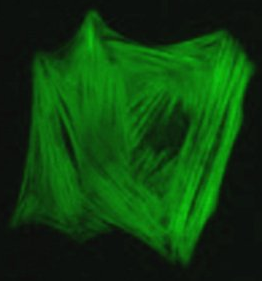
Knowledge about which epitopes are recognized by a blocking antibody can help researchers to develop improved antibodies for drug discovery and to better understand the mechanism of inhibition.
The binding of Programmed Cell Death Protein 1 (PD-1), one of the receptors expressed on activated T-cells (see Figure 1), to its ligands PD-L1 and PD-L2, negatively regulates immune responses. PD-1 ligands are found on most cancers, and PD-1:PD-L1/2 interaction inhibits T cell activity and allows cancer cells to escape immune surveillance.
The first therapeutic antibodies in this field have been directed against the checkpoint receptor PD-1 (Nivolumab by Bristol Myers Squibb and Pembrolizumab by Merck/MSD). The drugs have been approved for the treatment of diverse cancer types during the past years. The PD-1:PD-L1/2 pathway is also involved in regulating autoimmune responses, making these proteins promising therapeutic targets for a number of cancers, as well as multiple sclerosis, arthritis, lupus, and type I diabetes. Further research projects in this field are rapidly evolving as scientists seek to identify the next generation of therapies especially developing therapies combining different therapeutic approaches.
Mutant PD-L1 proteins for epitope mapping

To enable scientists for conduct epitope mappings of their antibodies raised again PD-L1, BPS Biosciences have released 14 PD-L1 proteins with point mutations.
These unique proteins are perfect tools for epitope mapping studies. Different PD-L1 blocking antibodies or small molecule inhibitors bind to different sites on the PD-L1 protein; for example, the PD-L1 neutralizing antibody available through tebu-bio did not bind to the A121Q mutated PD-L1 protein, and had greatly reduced binding to the I54A and R113A mutant proteins as well (Figure 2).
If you are interested in the mutant PD-L1 proteins or in other site-specific mutants not listed in Figure 2, get in touch with me through the comment form below!



